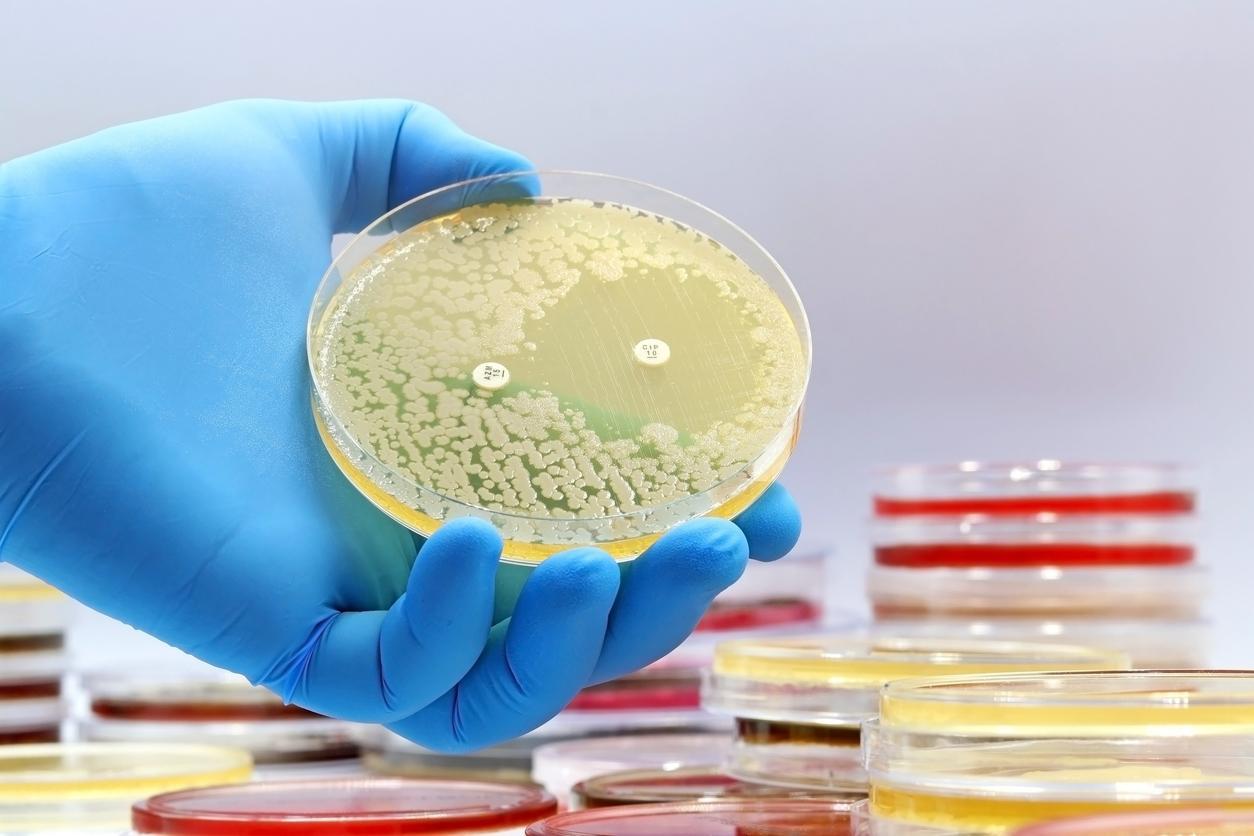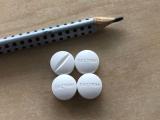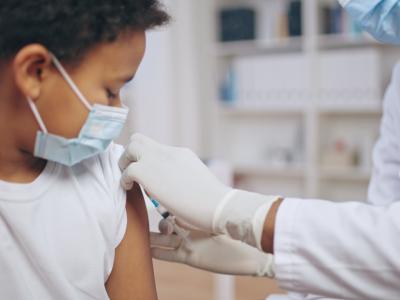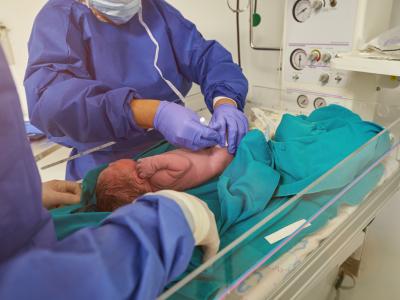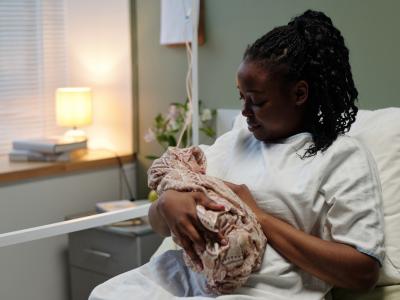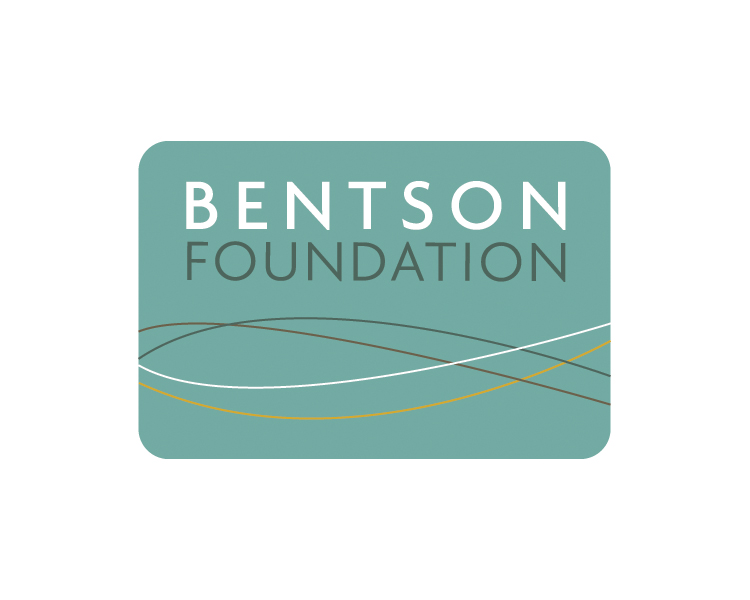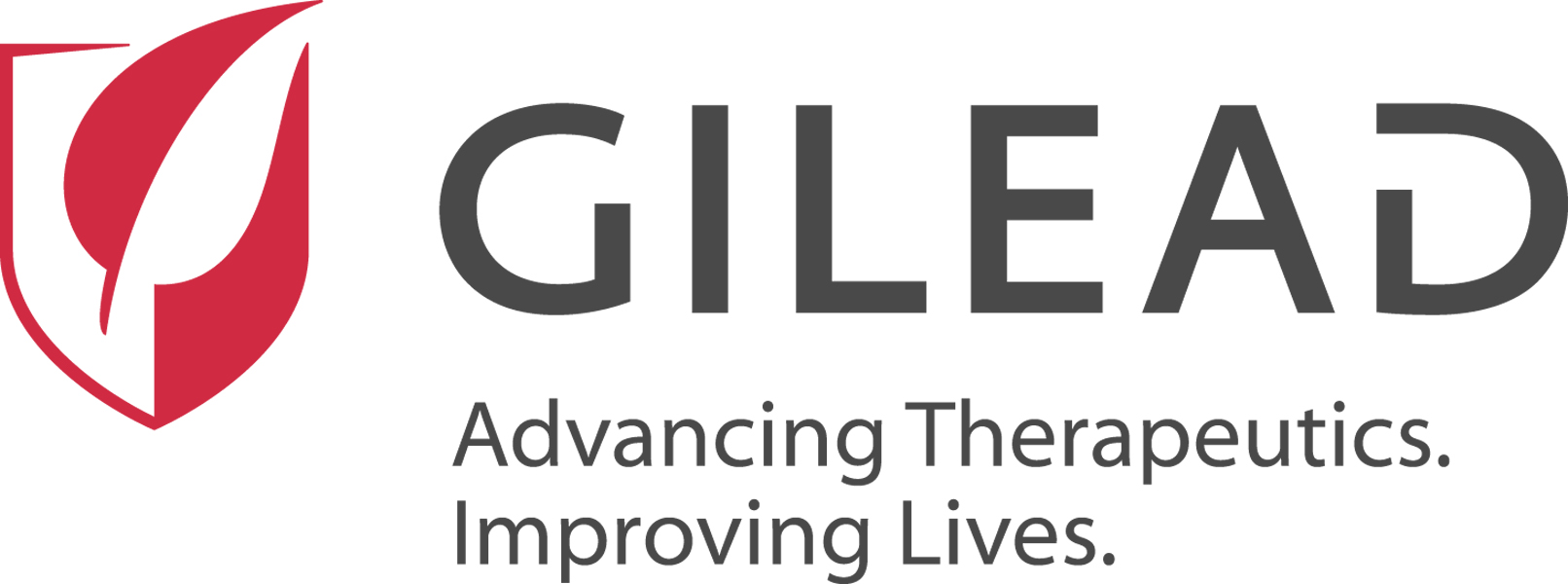Two new reports from the World Health Organization (WHO) suggest that the development of new treatments and tests for drug-resistant infections is lagging.
In its latest analysis of antibacterial agents in clinical and preclinical development, the WHO said the pipeline for new antibiotics faces a "dual crisis" of scarcity and innovation. According to the analysis, the number of antibiotics in the clinical pipeline has fallen from 97 in 2023 to 90 in 2025. Fifty of the products are traditional antibiotics, and 40 are non-traditional products, including bacteriophages (live viruses that target specific bacteria), antibodies, and microbiome-modulating agents.
Since the last analysis in 2023, 4 agents have received regulatory approval, 1 is being reviewed for approval, and 10 have been withdrawn from clinical development.
Gaps in the R&D pipeline
Of the 90 antibiotics in development, only 15 qualify as innovative and only 5 are effective against at least one of the WHO's "critical priority" pathogens—multidrug-resistant bacteria that are associated with high illness and death and have limited treatment options. WHO critical priority pathogens include carbapenem-resistant Acinetobacter baumannii, carbapenem-resistant Enterobacterales, third-generation cephalosporin-resistant Enterobacterales, and rifampicin-resistant tuberculosis.
Other gaps in the clinical pipeline include a lack of antibiotics with pediatric indications and formulations and oral antibiotics for outpatient use. And though the preclinical pipeline is more robust, with 232 products in development, the report notes that 90% of the companies developing these products are small firms, which face significant economic hurdles.
The analysis echoes what the WHO has been saying since its first antibiotic pipeline analysis in 2017—that there aren't enough new antibiotics being developed to address the growing threat of antimicrobial resistance (AMR), which is associated with nearly 5 million deaths annually, according to estimates. Past WHO analyses have concluded that most of the antibiotics in the clinical pipeline lack novelty, that they have limited clinical benefit over existing antibiotics, and that too few of them address the pathogens that the agency is most worried about.
"Overall, the antibacterial agents, especially the innovative ones, in the clinical pipeline combined with those approved in the last seven years are still insufficient to tackle the ever-growing threat of the emergence and spread of drug-resistant infections," the report states.
Going forward, the analysis concludes that innovation needs to be prioritized, with a focus on ensuring a stable pipeline of antibiotics that can overcome multiple steps of resistance and ideally have a lower propensity for the type of selective pressure that leads to more resistance.
"We need substantial investments in the R&D [research and development] of antibiotics targeting the most serious infections, with a strong emphasis on innovation to stay ahead of bacterial evolution," the report concludes.
Diagnostic limitations in low-resource settings
Similarly, the WHO analysis of diagnostic tests that are currently available or in the development pipeline identifies several persistent gaps in the ability to quickly detect and identify priority pathogens, particularly in resource-limited settings that have been most affected by AMR.
The report notes that while there are many commercially available diagnostic systems that can rapidly detect and identify bacterial pathogens and perform antimicrobial susceptibility testing, the primary care facilities where most people in low- and middle-income countries (LMICs) are treated for infections lack the sophisticated laboratories, and well-trained technicians, needed to operate and maintain them.
"In LMICs and low-resource settings more generally, this effectively limits access to these tests to tertiary and higher-level health-care facilities," the report states.
What is most needed in these countries, the report concludes, is simpler, faster, and cheaper methods of detecting if a person has an infection and if that infection has been caused by bacteria or viruses, identifying the bacteria, and determining the choice of antibiotic to treat the infection.
Specifically, the report highlights insufficient access to multiplex platforms that can detect and identify bacterial pathogens from whole blood, respiratory samples, urine, and stool samples without requiring prior culture; easy-to-use systems for antimicrobial susceptibility testing and detection of resistance mechanisms; biomarker tests (such as C-reactive protein and procalcitonin) that can distinguish bacterial from viral infections; and platforms that can both identify bacterial pathogens and perform susceptibility testing and are suitable for low-resource environments.
As with the antibiotic pipeline report, the WHO says more investment in diagnostic R&D is needed help slow the spread of AMR.
"Without more investment in R&D, together with dedicated efforts to ensure that new and existing products reach the people who most need them, drug-resistant infections will continue to spread," Yukiko Nakatani, MD, PhD, WHO assistant director-general for health systems, said in a press release.
